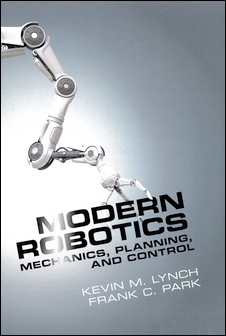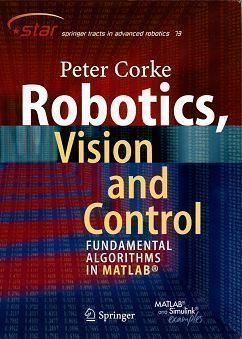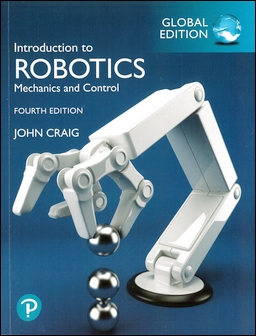書籍分類

Modern Robotics: Mechanics, Planning, and Control (H)
作者:Kevin M. Lynch, Frank C. Park
原價:NT$ 1,500
內容介紹 目錄 作者介紹
- Description
- Offers a modern treatment of classical screw theory based on linear algebra and differential equations that is accessible to students with a background in linear algebra, differential equations and first-year physics, and some familiarity with programming
- Comes with software to accompany the ample algorithmic descriptions for computing covered in the text, allowing students to solve the programming and implementation exercises
- Includes numerous standard exercises with solutions at the end of each chapter and video lectures for flipped learning courses
- Can be used either with courses or for self-learning
This introduction to robotics offers a distinct and unified perspective of the mechanics, planning and control of robots. Ideal for self-learning, or for courses, as it assumes only freshman-level physics, ordinary differential equations, linear algebra and a little bit of computing background. Modern Robotics presents the state-of-the-art, screw-theoretic techniques capturing the most salient physical features of a robot in an intuitive geometrical way. With numerous exercises at the end of each chapter, accompanying software written to reinforce the concepts in the book and video lectures aimed at changing the classroom experience, this is the go-to textbook for learning about this fascinating subject.






